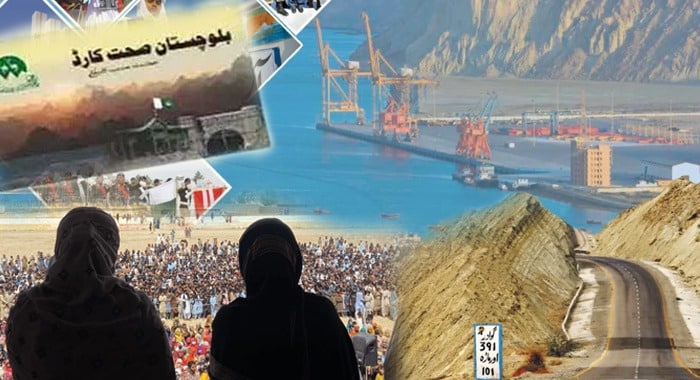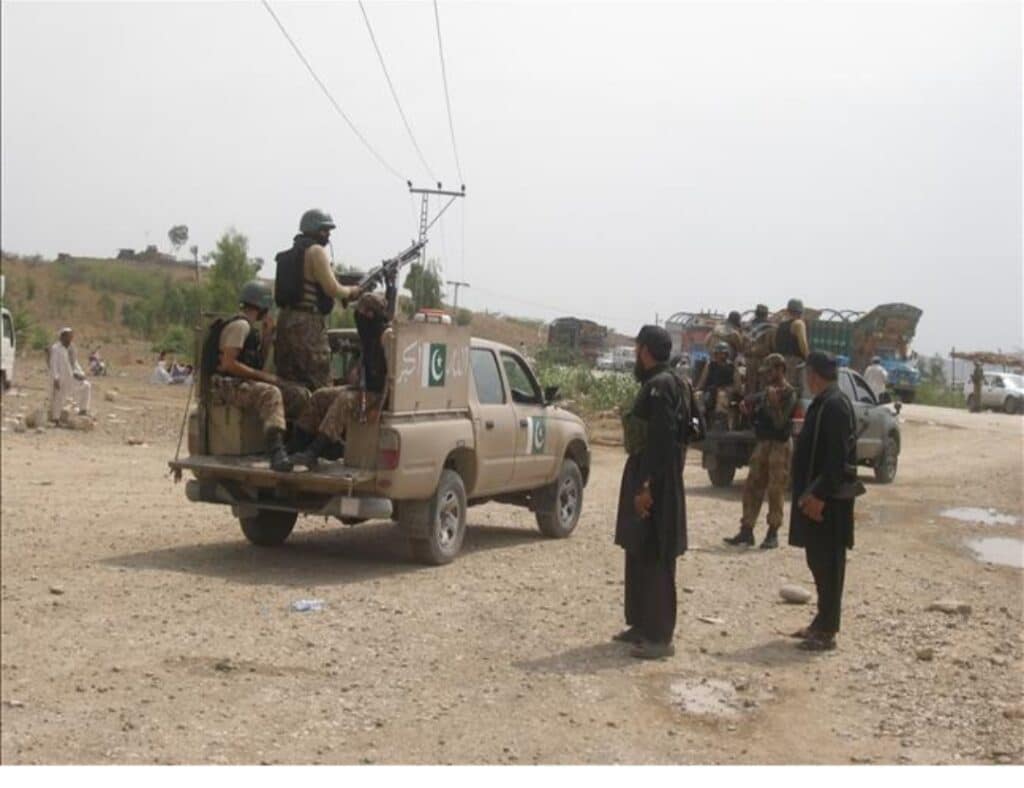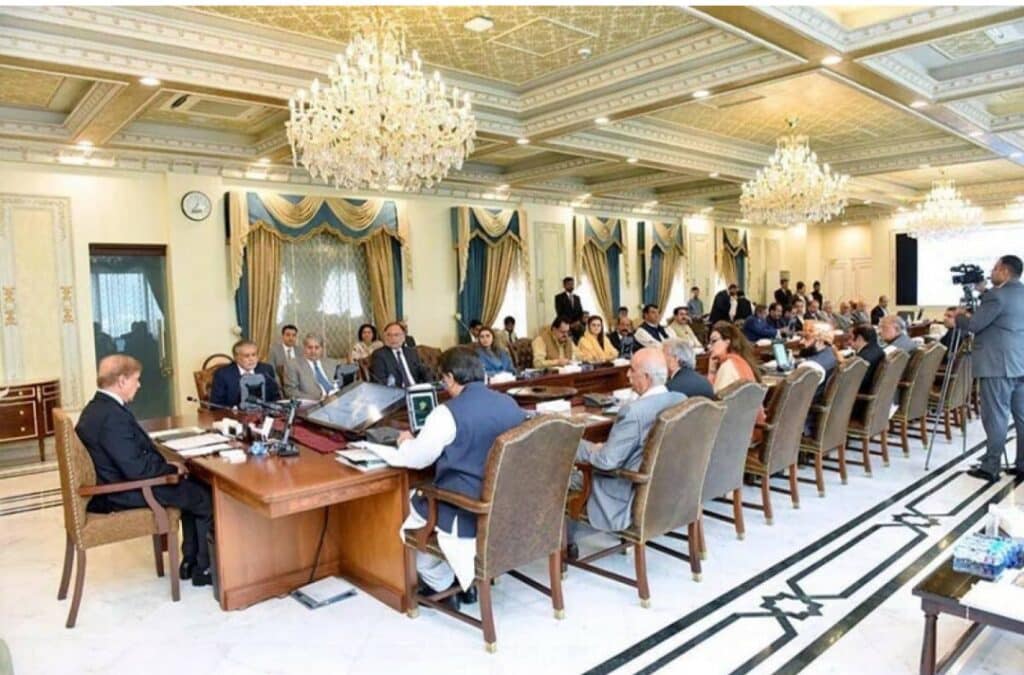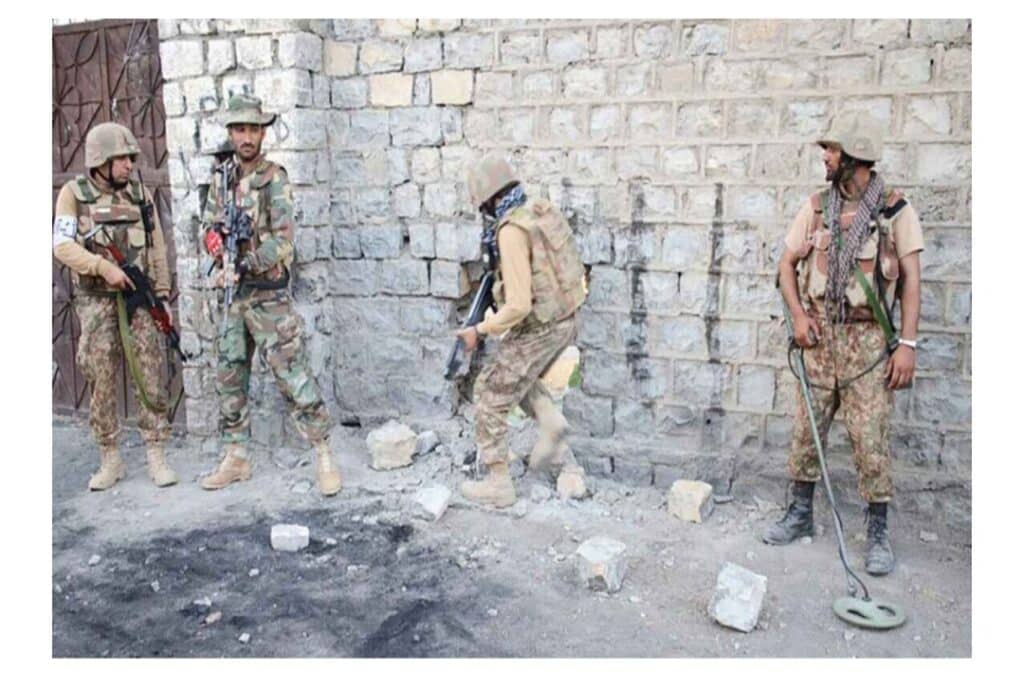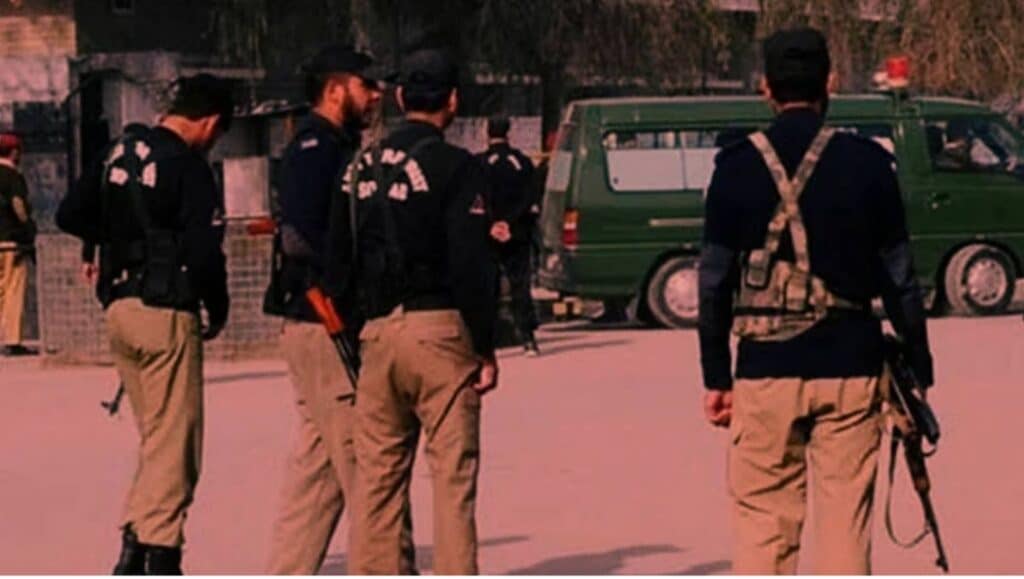In the rugged, resource-rich landscape of Balochistan, two parallel realities are unfolding, one driven by infrastructure and opportunity, the other by ideology and unrest. While development indicators steadily rise, a separate, often louder narrative continues to dominate headlines and protest spaces. These narratives not only conflict, they compete for legitimacy in the eyes of the public, both at home and abroad.
Measured by hard data, Balochistan’s trajectory in recent years is one of undeniable progress. Take the energy sector. The province now consumes 80% of the natural gas it produces, a milestone in self-sufficiency. While Sindh leads the nation in gas output with 1.316 trillion cubic feet annually, Balochistan holds its ground as the second-largest contributor, with 285 billion cubic feet, surpassing both Khyber Pakhtunkhwa and Punjab.
More importantly, this is no longer a case of extraction without benefit. Local consumption of gas signals a shift, from resource drain to resource empowerment. Unlike decades past, where Balochistan’s wealth flowed outward, today that wealth is increasingly being used within the province, powering homes, industries, and institutions.
One of the most transformative outcomes of this progress is in public healthcare. The Balochistan Health Card is now accepted at over 1,200 hospitals across Pakistan. This digital entitlement allows residents to receive treatment, including surgeries and diagnostics, without cost, simply by presenting a national identity card. Since its expansion in early 2023, thousands of previously under-served families have accessed care they could not afford before.
Infrastructure: Bridging Distances and Divides
At the time of Pakistan’s independence, Balochistan had just 375 kilometres of paved roads. Today, it has built over 25,000 kilometres, the largest proportional increase of any province. This includes 8 national highways, more than any other federating unit.
Consider the per capita impact: in Balochistan, there is 1 kilometre of paved road for every 600 residents. In Punjab, the same stretch serves 1,173 people, nearly double. For a province often portrayed as “disconnected,” the numbers tell a different story.
Beyond roads, health infrastructure has surged. From 3 hospitals in 1947, Balochistan now boasts 820. Dispensaries have increased from 8 to 540, and dozens of TB and dialysis centres have been established. Complementing this, the Pakistan Army’s free medical camps treat around 20,000 patients monthly, offering critical services in areas that still struggle with private sector access.
These are not abstract metrics; they represent lives saved, jobs created, and communities connected.
The Noise: Propaganda in the Name of Rights
Yet, amid these transformations, a counter-narrative refuses to evolve. Spearheaded by groups like the Baloch Yakjehti Committee (BYC), this discourse argues that Balochistan has been “denied its rights.” Through Twitter threads, student protests, and symbolic sit-ins, the BYC pushes a message that frames the state as extractive, oppressive, and deaf to local needs.
But this version of the truth rarely engages with data. It does not mention who lays the roads or funds the health card. It does not ask who operates the hospitals or builds the dialysis wards. Instead, it focuses on optics, and avoids inconvenient questions. For example: Who benefits from disrupting this development? Who fires the bullets that stop construction?
The answer is found in another name that rarely surfaces in BYC’s rhetoric, the Baloch Liberation Army (BLA).
The Disruptors: Sabotage Under the Cover of Rights
Over the past two years, the BLA has launched dozens of attacks, targeting Chinese workers, engineers, construction teams, and even poor labourers. In just the first seven months of 2025, the group has carried out 39 coordinated attacks, each one designed to halt progress, intimidate investment, and reignite fear.
Take the July 16 attack in Kalat, where gunmen opened fire on a civilian bus, killing three and wounding seven. This was not an isolated act, it was part of a pattern. For every school built, every road laid, every investment promised, there has been sabotage. The goal? Discredit the state’s role and preserve the image of perpetual victimhood.
In this equation, the BYC plays a curious role. It condemns the state’s response to violence, but not the violence itself. It mourns state security raids but stays silent on attacks against civilians. It operates freely in the protest space while offering moral ambiguity to militant actions.
The Numbers vs. the Narrative
Let the data speak:
67x increase in paved roads since 1947
270x expansion in hospitals and medical facilities
80% local utilisation of gas produced
Tens of thousands of patients treated free every month
These aren’t minor improvements, they are historical shifts. And they are happening despite sabotage, not because of activism.
The Real Choice Ahead
Balochistan today stands at a fork in the road, not between subjugation and freedom, but between constructive participation and destructive protest.
The people of Balochistan are choosing development. They are attending schools, building homes, running businesses, and claiming their rights not through slogans, but through service delivery and democratic participation.
The question is: Will the narrative catch up with the reality? Or will it continue to weaponize outdated grievances to justify modern acts of terror?
Balochistan’s future will not be written in hashtags or gunfire. It will be shaped by roads, hospitals, gas pipelines, and the people who choose to build them, not burn them.

